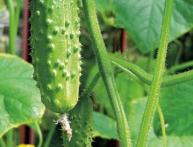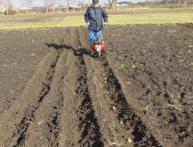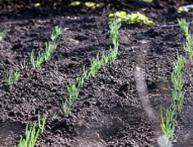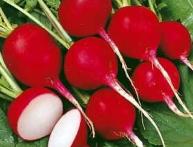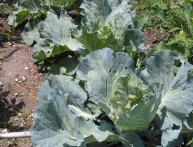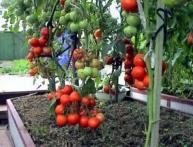Growing kohlrabi cabbage
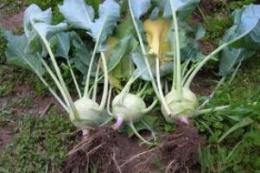
Kohlrabi cabbage in appearance it resembles a turnip or rutabaga. The taste of the kohlrabi stalk is similar to the stalk of cabbage, but it is tastier, sweeter, and juicier. Kohlrabi contains a lot of sucrose and vitamin C, which is why it is also called "northern lemon".
Growing kohlrabi cabbage is not particularly difficult. Kohlrabi tolerates frosts down to minus six degrees. The ideal temperature for growth is considered to be up to 18 degrees during the day, and up to 10 at night. Kohlrabi prefers fertile soils. Negative attitude towards waterlogging.
Early varieties cabbages are placed on a flat, wind-protected, illuminated area, and late varieties needs to be slightly shaded. The best predecessors are cucumber, tomato, potato, onion. Growing kohlrabi cabbage to obtain an early harvest is carried out using seedlings, and growing with seeds used for harvesting in the fall. Seeds are sown in pots for seedlings in February, March, and in open soil in May. Kohlrabi cabbage seedlings are grown for approximately 30 days without the use of picking. Seedlings are planted in the ground in the second half of May.
Cabbage needs to be eaten systematically waterto prevent drying out. It is also necessary periodically loosen and fertilize. Kohlrabi has a short growing season, so you can harvest 2-3 times in one season. Kohlrabi cabbage should be harvested based on the diameter of the fruit. 8 centimeters, overripening should not be allowed.Overripe stem fruits are rough and fibrous and are unsuitable for food.


